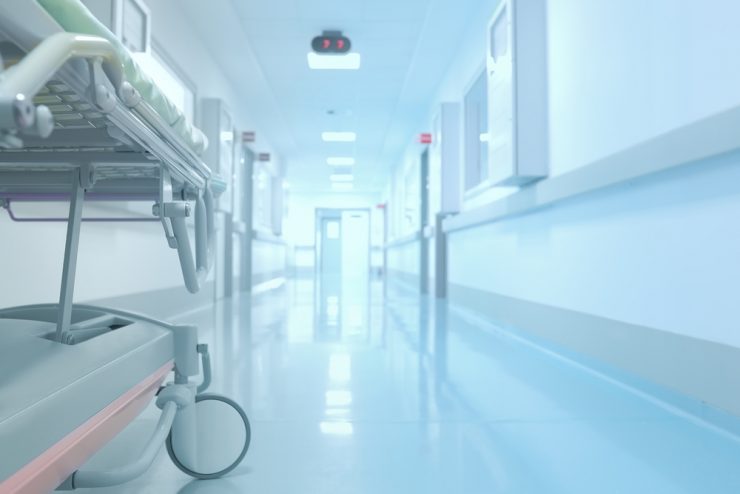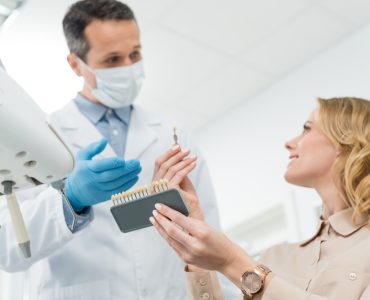The skin and tissues can be repaired and restored by plastic surgery. It is also known as cosmetic surgery and aims for the following
-removal and improvement of the appearance of scars, moles, birthmarks, warts and any other blemishes
-correction of congenital defects that are disfiguring
-correction of any appearance defects and only done on a patient’s request
Some examples of optional cosmetic surgery are
-nose reshaping
-otoplasty
-face lifts
-blepharoplasty
During Plastic surgery following things are usually done:
-Removal of the uppermost layer of the skin to reduce surface defects or removal of foreign bodies
-Peeling off of the skin using chemicals like alpha-hydroxy acids for skin enhancement.
-removal of bald spots by implanting hair on the scalp
-augmentation mammoplasty
-removal of excess fat and skin from the breast
-performing different body-contour surgery like liposuction of buttocks, thighs and stomach
-removal of tattoos, hair and threadveins with the help of laser surgery
-plumping up of the skin
-Relaxation of facial muscles temporarily with highly purified and diluted form of botox
Why is it necessary
The skeleton, the fat layer under the skin and the muscle bulk determine the body shape. Any tissue damage due to injury, burns, any kind of disfiguring surgery or cancer can be treated using plastic surgery. It is generally concerned with covering the areas of body that have lost the skin and is done by skin transfer.
Some of the techniques used for skin transfer are
-skin grafting or split-skin
-skin-flap transfer
-Z-plasty
-Pedicle grafts
Physical defects can be repaired using a plastic surgery. Quality of life and self esteem can be greatly improved by a reconstructive surgery.
When should it be done
To opt for a surgery for the improvement of appearance, the specific criteria set by the local health authority should be met. A cosmetic surgery or reconstructive surgery done for improvement of cogenital injuries or abnormalities is carried out free of cost. This may need you to consult a plastic surgeon, a psychological assessment and a reference from the GP.
How is it performed
The surgery is carried out in two ways and it depends on the type of surgery. If the surgery is performed in the out-patient basis, the patient is discharged on the same day of surgery. If the operation is done on in-patient basis, the patient needs to stay in the hospital for a short time. Before going through the surgery one must ensure that the clinic and surgeon are registered to the Healthcare Commission.
Risks
Sometimes the surgery can be very extensive. Body-contour surgery that involves removal of body fat by suction is not that extensive. Long incisions made during complex operation may result in broad scar. Recuperation is necessary after the surgery. The procedures involved in plastic surgery should not be taken lightly. These surgeries may become life threatening and the risk lies in the experience of the surgeon. The health of the patient must be taken into consideration before performing the surgery. If any side effects develop after the procedure or there is swelling, pain or discharge, you must immediately consult the surgeon or GP.













